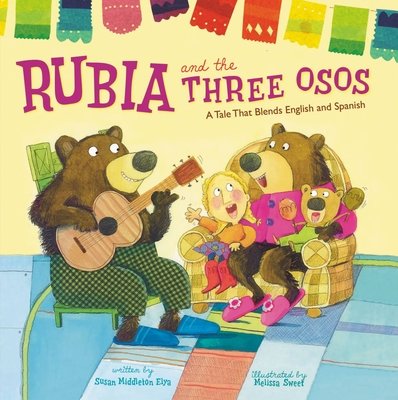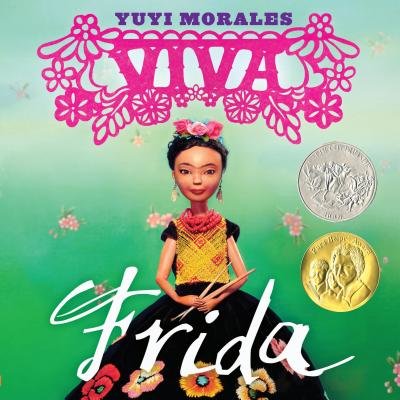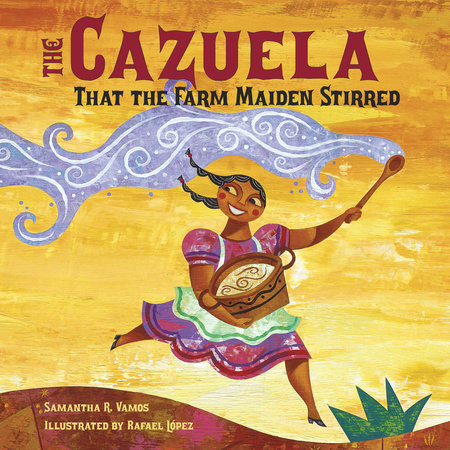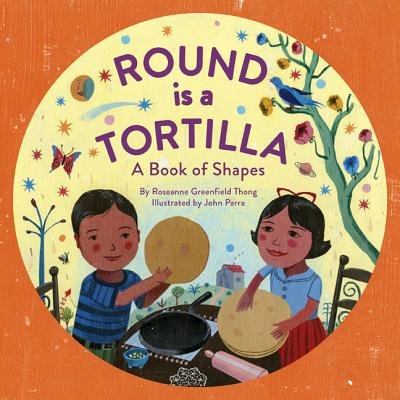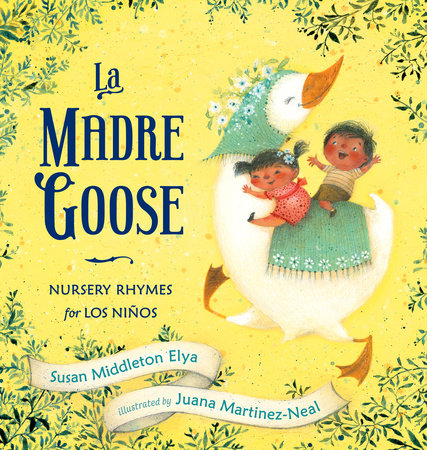Las Alegrías of Bilingual Books:
Juana Martinez-Neal on Raising Kids to Be Compassionate World Citizens
by the Brightly Editors
Think you know nursery rhymes backwards and forwards? Think again! The classic poems you grew up with have received a bilingual makeover in the form of La Madre Goose: Nursery Rhymes for Los Niños, a picture book written by Susan Middleton Elya and illustrated by Juana Martinez-Neal. From “Baa, Baa, Black Oveja” to “Twinkle, Twinkle, Small Estrella,” this new collection infuses the Mother Goose rhymes we know so well with Spanish words and phrases — plus, it comes with a glossary of Spanish terms with English translations, ensuring that your young reader will be picking up Spanish in no time! We chatted with Juana, the book’s Peruvian illustrator, about why it’s so important for kids to read bilingual books, how her own children star in her artwork, and her other favorite Spanish/English kids’ books.
What has been your favorite thing about illustrating picture books so far?
My favorite thing has to be the freedom to create an unlimited amount of characters and worlds — our imagination is the only limit. I also personally prefer to represent cultures that are not normally commonly seen in children’s books.

How do you think incorporating Spanish into familiar nursery rhymes injects a new energy into these classics?
I feel La Madre Goose: Nursery Rhymes for Los Niños introduces nursery rhymes to children and adults who are not familiar with them. I’m one of those grown-ups who were not raised with any of the nursery rhymes included in the book. Incorporating the Spanish language makes the nursery rhymes feel familiar to Spanish speakers, too. You are bringing them to a new audience.

Did your children inspire any of your work in La Madre Goose? If so, how?
My children are always in all of my work! They have three very different personalities and are in very different age groups so they give me lots of material for my illustrations. In La Madre Goose, my oldest son was the inspiration for “Little Boy Azul” and my middle boy was the inspiration for “Twinkle, Twinkle Small Estrella.” You’ll also find my little girl in “I See la Luna” and as the baby reaching for the butterflies in “What are las Niñas Made of?”.

Why do you think it’s important for kids to experience bilingual books?
A bilingual book offers more than just the languages included in the book — it shows the culture and traditions behind the languages as well. Raising children to be aware of other cultures besides the one they are brought up in gives us compassionate, empathetic world citizens in these times that need them so very much.

Which nursery rhyme from the collection is your personal favorite? Why?
It has to be “I See la Luna.” It’s so short and easy to remember. I love every single word in it, and think of my baby girl every time I read it:

What are you working on next?
It’s a very busy and happy time for me right now. I’m finishing final art for the next picture book that I’m illustrating, La Princesa and the Pea (Putnam, 2017), which is also written by Susan Middleton Elya. I’m also working on my debut book as an author illustrator, Alma (Candlewick, 2018), and I’m about to start sketches for Swashby and the Sea (Houghton Mifflin Harcourt, 2018), written by Beth Ferry.
Do you have any other recommendations of children’s books that feature Spanish?
I enjoy these five reads from fellow artists:
Do you have any other recommendations of children’s books that feature Spanish?
I enjoy these five reads from fellow artists:
-
Viva Frida
Preorder from:
Juana Martinez-Neal grew up and studied painting in Lima, Peru, and now lives with her family in Scottsdale, Arizona. Her children appear in the artwork for “Little Boy Azul,” “Twinkle, Twinkle, Small Estrella,” and “I See la Luna,” and their playfulness inspired many of the antics in the other scenes. This is her first picture book.

